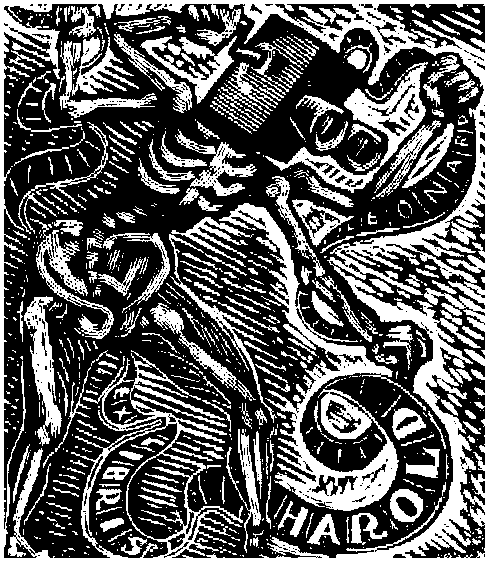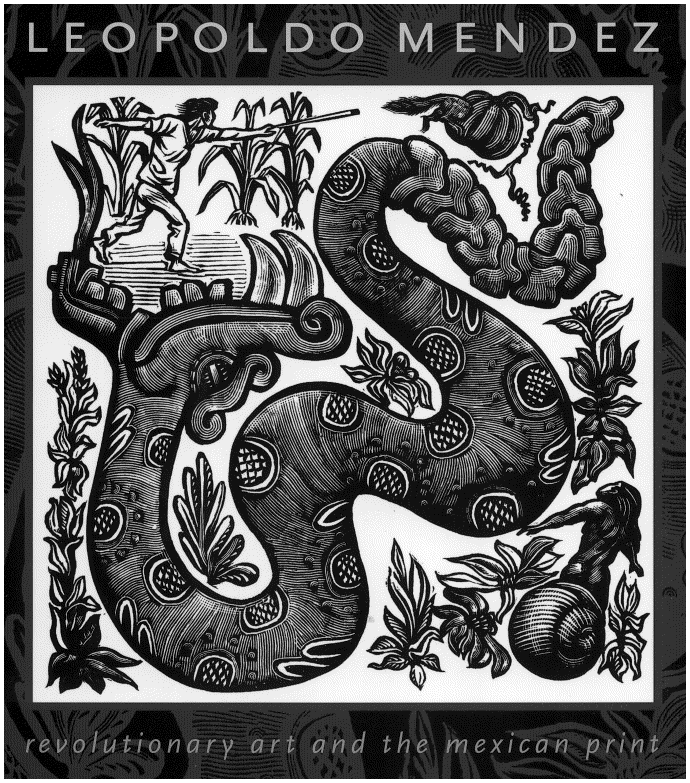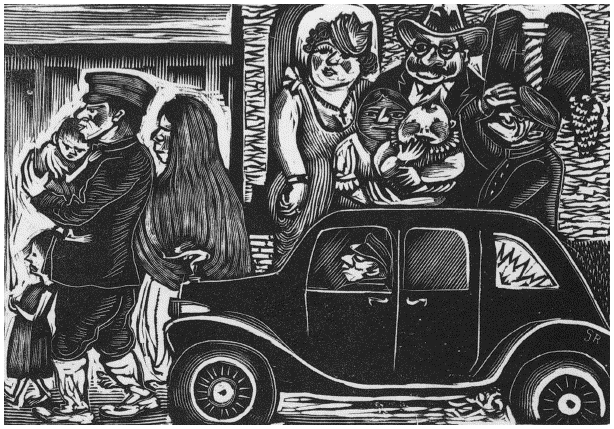Leopoldo
Méndez
Revolutionary Art and
The Mexican Print
Deborah Caplow
(University of Texas Press)

The artists of Mexico who lived through the ten-year Revolution were lucky. Not only did they survive upheaval, starvation, and the ruination of the country, but then they had the chance to experience the glorious artistic explosion that followed.
We are speaking here of the years from 1920 to 1940, the time of Diego Rivera, David Siqueiros, José Orozco, Frida Kahlo, and the talented practitioners of Mexican engraving: Jean Charlot, Ramón Alva de la Canal, Pablo O'Higgins, and, probably the greatest of them all, Leopoldo Méndez. As opposed to the politically and socially castrated American artists of the 20s, Rivera, Siqueiros, Méndez et al were deeply involved in the politics of their country, if not the world. Many were also involved in government projects to bring Art to the People. In the United States, and belatedly, this was administered by the WPA. In Mexico, it was brought about through the ægis of the Ministry of Education. Méndez himself spent a year or so as a teacher in villages of Central Mexico. His main shtick, there in the sticks, was to get rid of Oscar Wilde's notion of "Art for Art's Sake." Art was, as he and Rivera and Siqueiros saw it, to free the workers, to lighten the burden of the campesinos, to uplift the poor, to unburden the rich of their excessive wealth.
Méndez, Ms. Caplow convinces us, was a dedicated printmaker and painter, a self-sacrificing revolutionary, a loyal comrade, and a good friend. He comes across as self-effacing, dedicated, more interested in communicating the evils of greed and violence rather than, like Rivera, pumping up his own balloon. His most moving prints are not the sometimes crude caricatures of captains of warfare and industry, but views of the humble peasant, the worker in the field, the poor drudges in the factories, the scattered heirs of Emiliano Zapata.


